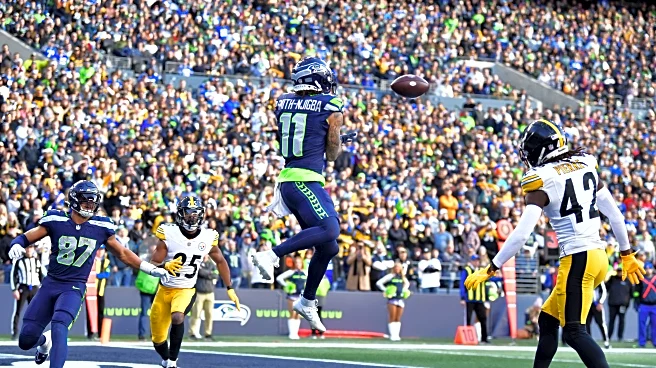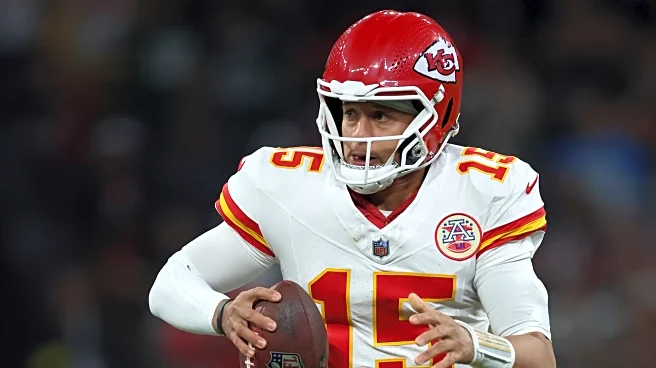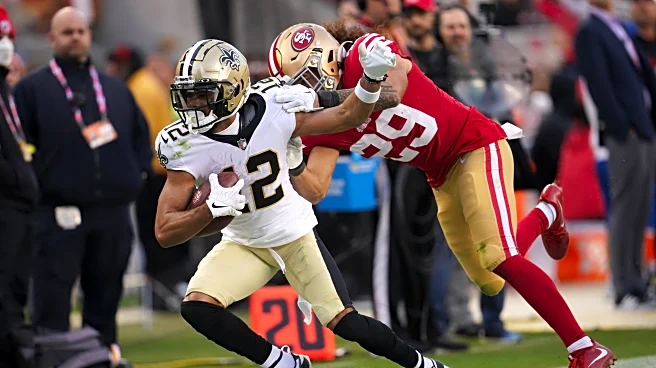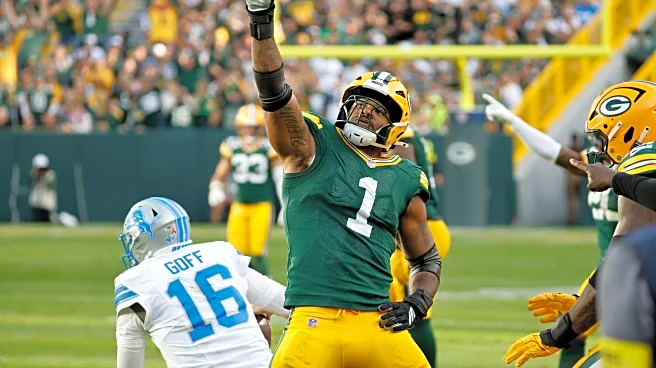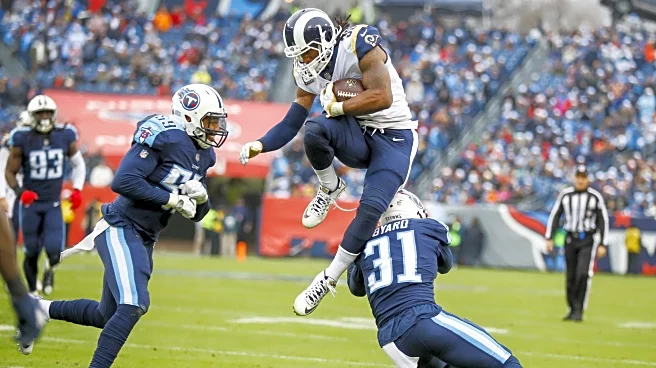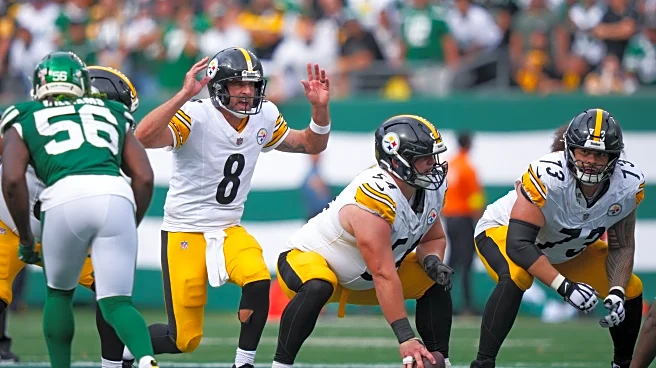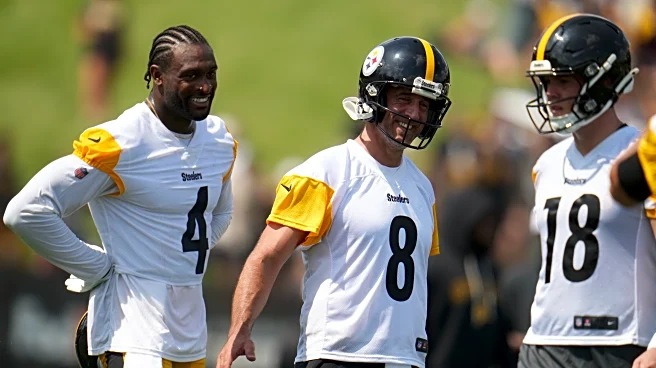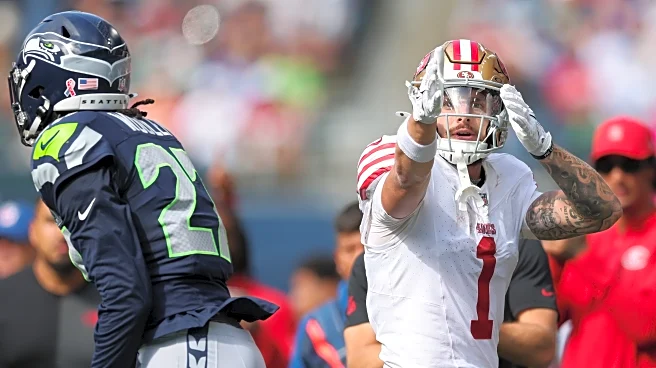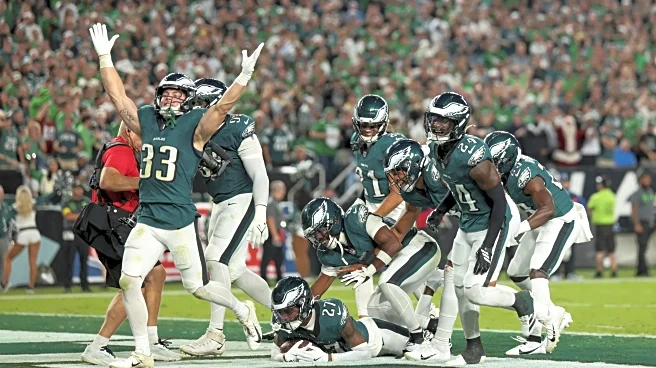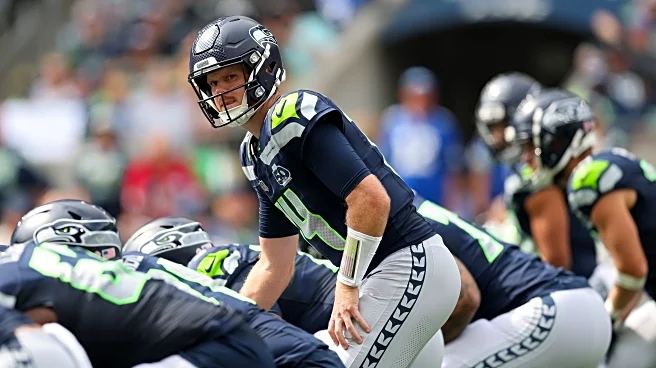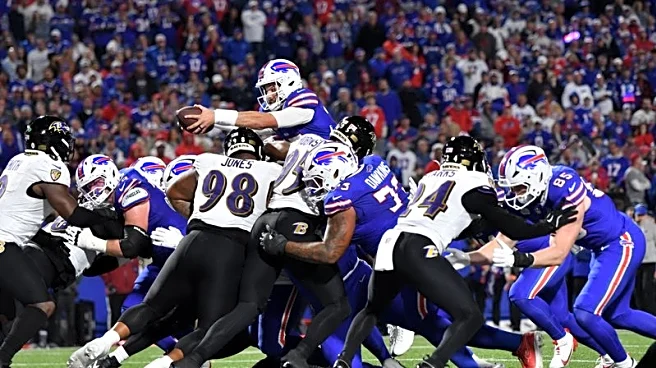The Seahawks’ 2025 schedule is packed with games that should be very close. While the disappointment is real, the Seahawks were defeated by a blunder on the 49ers’ final drive, yet they still had a chance to win the game. It may not have been a brilliant game, but it was a close one, and now the Seahawks turn their attention to an important early-season road matchup versus the Pittsburgh Steelers.
Let’s Go!
The Seahawks could start 0-2 for the first time in seven years
The Seahawks have started the season 0-2 only three times since John Schneider became the team’s
general manager:
- 2011: The Seahawks lost to the 49ers and Steelers in Weeks 1 and 2, respectively. The only difference is that both games were away games. Seattle missed the playoffs that year with a 7-9 record;
- 2015: The Seahawks finished the year 10-6, made the playoffs, beat the Vikings in that scorching game (thanks, Blair Walsh), and were defeated by the Panthers in the Divisional;
- 2018: The Seahawks lost to the Broncos and Bears on the road and again finished the year 10-6. They qualified for the playoffs but were eliminated by the Cowboys in the Wild Card round.
On the two occasions we made the playoffs, we were led by Russell Wilson as QB, essentially in his prime. It’s hard to believe that Sam Darnold will carry this team on his shoulders like RW3 did.
From 1990 through the 2023 season, 279 teams have opened 0-2. Only 32 of them made the postseason. That’s 11.5%, an incredibly low number. The NFL expanded the playoffs to include 14 teams beginning in 2020, so the odds should be slightly better moving forward.
Of those 279 teams, only 17 won their division (6.1%) and three won the Super Bowl (1.1%). In NFL history, only the 1993 Dallas Cowboys, the 2001 New England Patriots and the 2007 New York Giants have ever won a Super Bowl after starting 0-2.
Running backs need to be contained
The title may seem strange given that the Seahawks gave up 3.3 yards per carry on 36 attempts. Their performance against the run game was excellent and needs to be maintained, especially considering the Steelers recorded 20 carries for just 53 yards and no touchdowns.
However, in the passing game, the team seemed to lack the same efficiency. Christian McCaffrey had 73 receiving yards, and fullback Kyle Juszczyk had 32 more. The Steelers have Jaylen Warren in their backfield, who has a new contract as of a few weeks ago. Obviously, he isn’t the same threat as CMC, but he’s a good receiver out of the backfield. He can be a backup for the experienced QB when the pressure is on; Warren had 22 yards and 2 touchdowns against the Jets.
One of the reasons they severely limited the Steelers’ running game was by forcing the RBs to cut back. This allowed the DTs and LBs to make tackles.
One of the Seahawks’ successful ways of containing the run is the Penny Package. It’s a Vic Fangio-style call that strengthens the run game even with two safeties deep.
A defensive subpackage that utilizes a five-man defensive line, typically with three defensive linemen and two standing edge rushers (one of them usually an iLB), to create a 5-1-5 alignment (five defensive linemen, one linebacker, and five defensive backs).
The goal of the Penny Package is to make double-blocking difficult and create as many one-on-ones as possible. The idea is for the edge defenders to force the run inside, and the iLBs to win their one-on-ones to make the tackle.
The Steelers’ simple offense proved effective.
Even without a consistent running game, the Steelers’ offense was extremely efficient. Aaron Rodgers threw for 244 yards and 4 TDs, averaging 8.1 yards per pass and throwing no interceptions.
There’s been much discussion about the DK Metcalf-Josh Woolen or Josh Jobe matchup, with verticality in mind. However, Arthur Smith has already used DK extensively in situations to gain yards after the catch. This was something the Seahawks rarely explored in the WR’s final years.
Smith’s offense did something I expected Kubiak to do: they were simple and efficient. Below is a good example.
This is the play that led to the Steelers’ first TD. Play-Action under center brings a receiver closer to the line, intending to further sell the run. The second level of defense takes the bait and leaves open space for the TD.
They call the exact same concept, the same play, and score another TD, this time with Calvin Austin. This shows that what makes a good offense can be simple, a very different approach than Kubiak’s last Sunday.
Pass rush consistency
While the Steelers’ passing attack impressed, the offensive line was significantly underwhelming. Both in the rushing game (with only 53 yards) and in quarterback protection (they conceded 8 pressures but 4 sacks during the game.
The Seahawks’ defensive line, despite 21 pressures and 7 hits, managed only 1 sack (on a defensive back blitz). This has been an issue since last year; the team has a good pressure rate but has trouble converting them into sacks.
Of the 8 pressures conceded, 6 came from OTs Broderick Jones (4 including 3 sacks) and Troy Fautanu (2). This is an excellent opportunity for Derick Hall, Boye Mafe, Demarcus Lawrence, and perhaps Uchenna Nwosu, if he is available for this game.
Boye Mafe had five pressures in the game and a win rate of almost 24%, lining up against Trent Williams. It was a great performance (and one that was little talked about during the week).
Klint Kubiak’s offense needs a turnaround
The Steelers-Jets game was evenly matched (34-32) and a joy to watch. The Jets’ offense thrived thanks to their offensive line. The Steelers managed just one sack and, unexpectedly, gave up 182 rushing yards and 3 TDs in an almost unrecognizable game by Cam Heyward and Alex Highsmith.
The Seahawks’ offensive line stood out, with Charles Cross not letting up any pressure in the game and performing very well against Nick Bosa, and a good debut for Grey Zabel and Jalen Sundell as starters. The right side of the line failed to replicate its strong preseason performances in either half of the game.
The team needs to maintain its running game, especially to control the clock and utilize play-action much more frequently, a departure from the only two attempts in the last game. Take the Steelers, for example. Even with the just 50 yards and lacking a real threat in the running game, they called 10 play-action passes. This totals 33% of the team’s passing plays.
And the Steelers will likely have to put Jalen Ramsey in to man-guard JSN. Sam Darnold and Klint Kubiak will need to find other ways to attack without focusing solely on the receiver who had 124 yards last game.
Here’s a good example of play-action in action (the Seahawks only called two PA plays, and on one of them, Darnold improvised a run). PA under center, and notice Jaxon Smith-Njigba’s movement selling the run. This forces the defender to position himself even more inside to combat the run game. Tory Horton runs a clear-out to open up space for JSN, who adjusts and makes the catch. It’s worth noting that Cooper Kupp’s backside dig was also open.
Final Thoughts
We’re only in Week 2 of the season, and the game already has great significance for the team’s future. Starting 0-2 isn’t a good sign, as we explained at the beginning of this article. Furthermore, this creates pressure to win at all costs in the match against the Saints, which, given their current status, should be a “winnable” game.
After New Orleans, the Seahawks have a TNF game against the Cardinals, and after that they face the Bucs, Jags, and Texans. Therefore, more important than the victory is the team making a “quality leap” on offense to give us hope of winning in future games. What we saw last Sunday wouldn’t even give us the confidence to beat the Dolphins (with all due respect), who were defeated 33-8 by the “Indiana Jones” Colts.
